Equipment
Intelligent Design
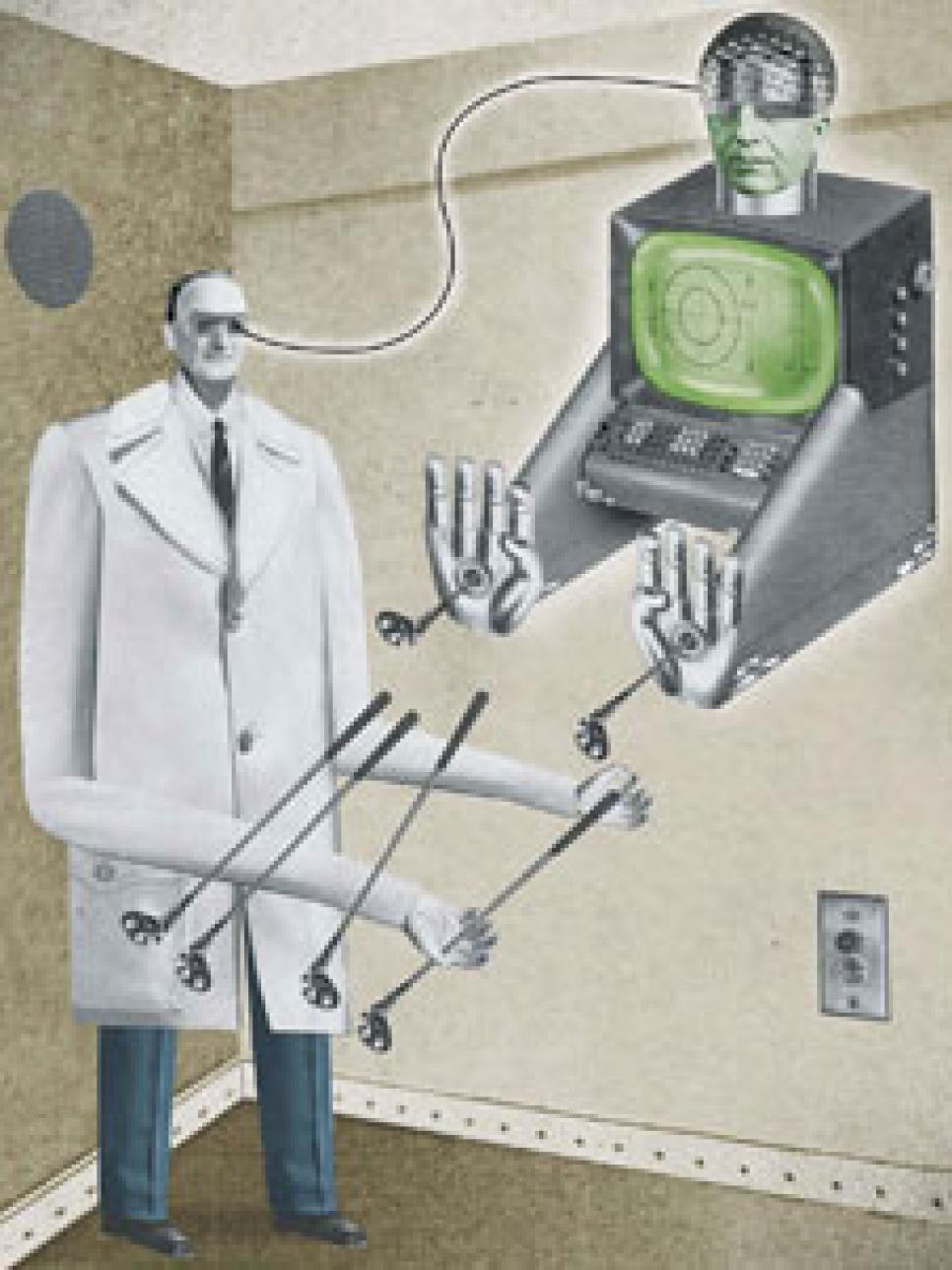
When Karsten Solheim conceived his legendary Anser putter, he doodled it on the album sleeve of one of his favorite LPs. When Barney Adams contemplated how to re-orient fairway-wood design with his Adams Tight Lies, he sketched the prototype design on an airline napkin.
That was then. Today at Callaway, Alan Hocknell, vice president of innovation and advanced design, can explain how golf-equipment innovation has changed in the past decade with a one-word answer to the question, "How many current designs start on paper?" "None," he says.
It's not surprising that the shift in equipment design has happened that fast. The past 15 years have fundamentally altered golf's innovation curve to a straight line into the ionosphere. You can point to the usual suspects. New and better materials? Obviously. More rigorous and repeatable manufacturing techniques? Certainly. An influx of gifted and forward-thinking engineers? Without a doubt.
All this is secondary to the force of the computer. More than anything else, it is the engine that drives golf-equipment innovation. The concept of computer-aided design (CAD), the microprocessor-driven virtual-modeling tools, and the use of supercomputer-fueled finite-element analysis (showing where a club is working and where it's not), are vital to the leading innovators in golf today.
"We're able to design in ways that weren't even conceptually possible years ago," says David Llewellyn, manager of golf-club research and development for Mizuno. "We've compressed design iteration cycles 10-fold. Without CAD, it would be really difficult to take a 460cc driver head that's already bumping against all the limits and figure out a way to further optimize it. Frankly, you just couldn't do it."
The role of the computer in golf-equipment innovation today is about equivalent to the role of the ball in the game itself. For decades, up through the early 1990s, equipment design was a mixture of art and science, heavy on the craftsmanship. Through the mid-'90s, the use of parameter-driven, solid-modeling software, like Pro/Engineer and Unigraphics, ushered in a new era. "The change it's made has been immense," says John A. Solheim, chairman and CEO of Ping, who in the past 25 years has seen the company go from hand-filing and workbenches to supercomputers and finite-element analysis. "Sure, we had a learning curve. We had to take two steps backward to go one step forward. I guess it required a certain courage, but there was just too much benefit to it."
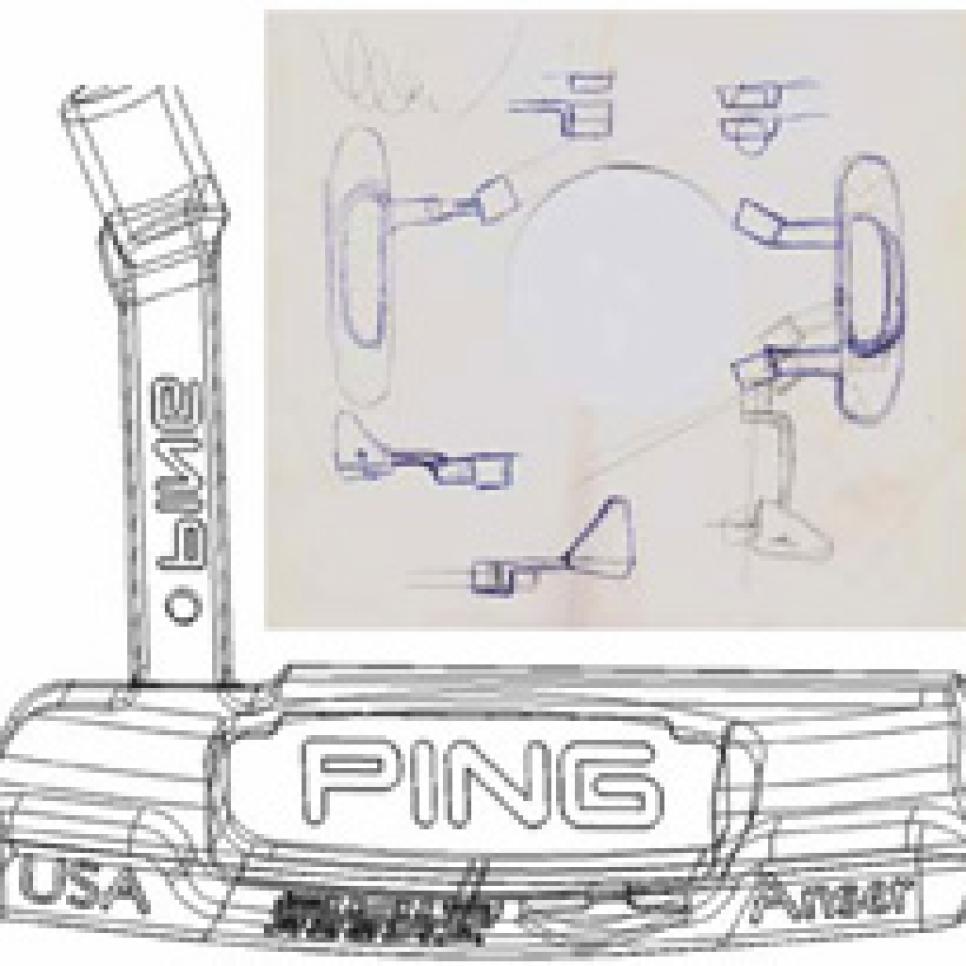
To give you an idea of where we were, calculating something as central to driver design as clubhead weight might have been an all-day process for an engineer as little as a dozen years ago. Mizuno's Llewellyn remembers using sections of masking tape all over the surface area of a clay model, and then converting the tape's weight to the weight of stainless steel just to get an idea of the finished head's total weight. Today, that kind of data is instantly calculated by even the most rudimentary CAD programs.
It's no coincidence that as CAD began to develop throughout the 1990s, equipment design changed from a process being led and even ultimately controlled by craftsmen to one that is consummately driven by scientists. CAD's growing presence also led to an acceleration in innovation that has reached dizzying heights. A telling example: From 1993-'98, Callaway introduced four drivers. In 2007, the company launched four drivers in one week.
At TaylorMade, Benoit Vincent, chief technical officer, suggests that easily 500 products could be designed every year. "Does that mean we're using it primarily to launch products?" he says. "No. What we're now able to do is to iterate more often before we launch a product."
It's hard to explain the technological sophistication in play here. Such digital-design dexterity is not only the way leading companies operate, it's a way for smaller companies to compete. A decade ago, craftsmen would fly around the world to make sure a design looked right. Today the computer is the platform that allows big-time manufacturers and their foundries half a planet away to work 24 hours a day on any design. Many companies utilize CAD engineers based in Asia who communicate digitally with the U.S.-based design team, and some, like Nickent, have set up an R&D team based in China. CAD is a requirement, says Solheim, because golf-equipment design today "is as complex as the most complicated aerospace parts."
At one level, the computer screen is nothing more than a sophisticated cocktail napkin. But what the computer allows us to understand in the finest detail is how each element of a design might work. How precise? At Ping, engineers digitally map the engravings on a driver to see what role those indentations might play at impact.
"Virtual analysis enables us to change variables independently, which in the real world you can't do," says Jeff Colton, senior vice president of research and development at Callaway.
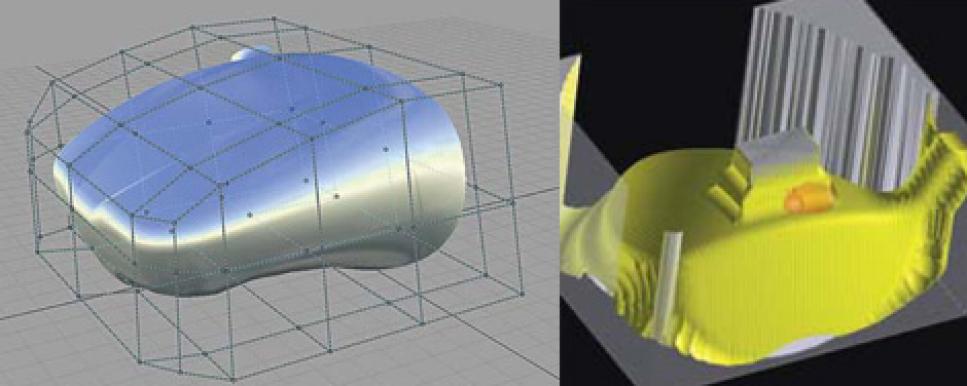
In short, it has encouraged imagining the incredible without fear of the costs of failure. On-screen, engineers can virtually model a design and then produce a live sample via "printers" that grow the club out of a wax-like resin. Then, the use of other rapid prototyping devices allow computer-controlled milling machines to yield hittable samples of some clubs in days, and robot-testing data can be dissected immediately with laptop-computer-based ball-flight-analysis devices. In some cases, an unsuccessful idea that might have taken six months to confirm 15 years ago can now be done in little more than a week. "Fail early, learn fast" is the mantra.
In their own ways, today's golf-equipment engineers are no less virtuosos than the craftsmen of the past. "Most CAD engineers we bring in from other industries don't have experience as complicated as what's needed in golf," says Bret Wahl, senior director of research and development of irons at TaylorMade. "It's crazy to think this way, but golf is one of the most free-form design structures in any industry that uses CAD. And golfers are a little nutty. They have high scrutiny and demand high accuracy."
But it goes beyond the discerning eye of the golfer. As the game's innovation race has intensified, the remaining room for improvement is dwindling just as rapidly. To find something new in golf equipment today, you cannot expect it to come through broad strokes. Instead, it must be laser surgery. You are not merely looking for a needle in a haystack, you are trying to innovate within the space of the eye of that needle.
Enter devices like the CMM, or coordinate-measuring machine, which can cost well into five figures. A robotic-armed, pincer-like probe, it is used to measure every weld line, curve and orifice on a clubhead down to a thousandth of an inch. It's used to determine where weight can be saved, where one material can be optimized over another, and how carefully the ideas of a CAD engineer can be consistently reproduced by a $5-a-day hand welder in the factory in Zhongshan, China.
As Callaway's Hocknell says, "We have command over the design to where we can sweat over the last gram."
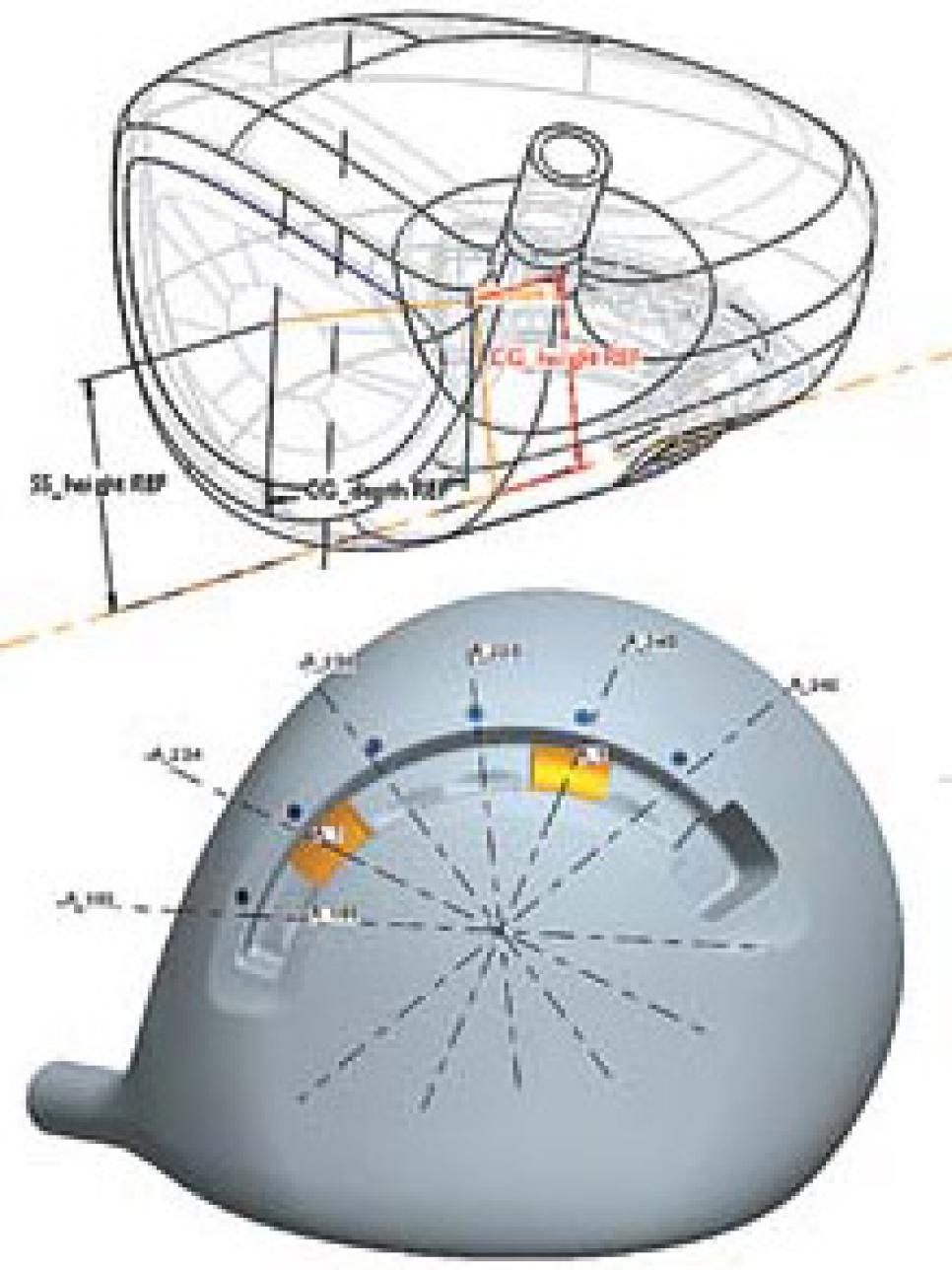
That interpretive ability isn't restricted to manufacturers, either. The team at the USGA's Research and Test Center is CAD-savvy, too. "Our task is to see what's beyond the horizon," says Dick Rugge, senior technical director. "Well, you could go down to the local soothsayer for that, but we already have the soothsayer: It's called finite-element analysis."
Meanwhile, some manufacturers clearly are working to digitize the institutional knowledge of the look and feel of a traditional golf club. At Mizuno, Llewellyn builds a step into the development of every iron in which the characteristic tweaks of craftsmen are "reverse-engineered" into the original digital-design files. Imaging software literally converts a 3-D photograph of an actual clubhead into a virtual clubhead. At Callaway, the characteristics of every design have been calculated in more than 100 separate parameters, which are then built into the club-design software to automatically generate the rough form of an entire set just from the shape of the 6-iron. And at TaylorMade, what once was the art of club design has been digitally remastered.
"We can put in formulas that capture the features we used to be able to design only by hand," says Vincent. "It took us a long time before CAD was able to match the art. But we fully extracted the formula for that art form."
Still, there remains a gray area in golf-club design that lives just beyond the reach of science. It's no stretch to say that what has been learned and documented in the R&D labs of the top golf companies in just the last decade far surpasses what might have been understood in the preceding 100 years. Yet it remains a simple stick-and-ball game. A veteran like Solheim knows that some answers are still found in the old, familiar places. Like in the corner of his desk, where he keeps a ready supply of modeling clay.
"Some things," he says, "you just can't CAD in."
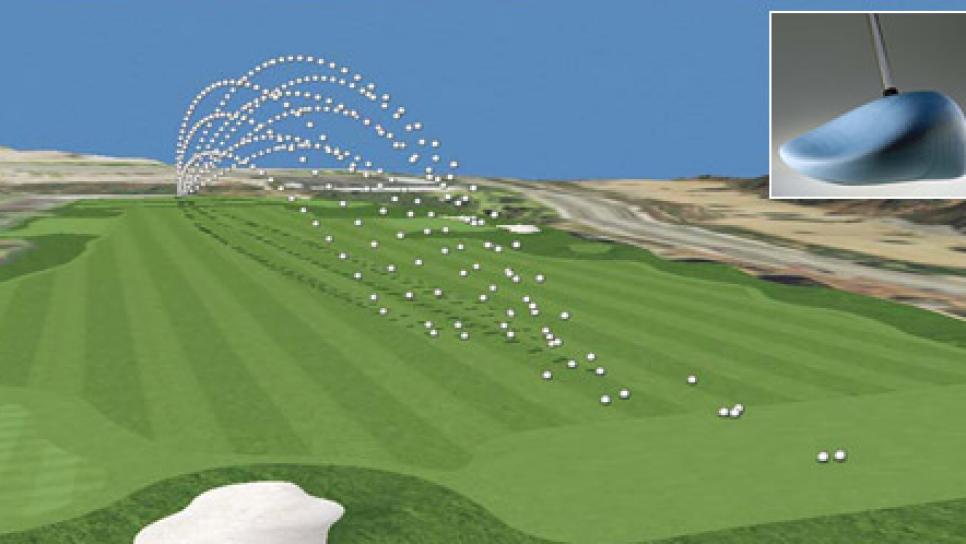
Platypus Illustration: Jim Herity